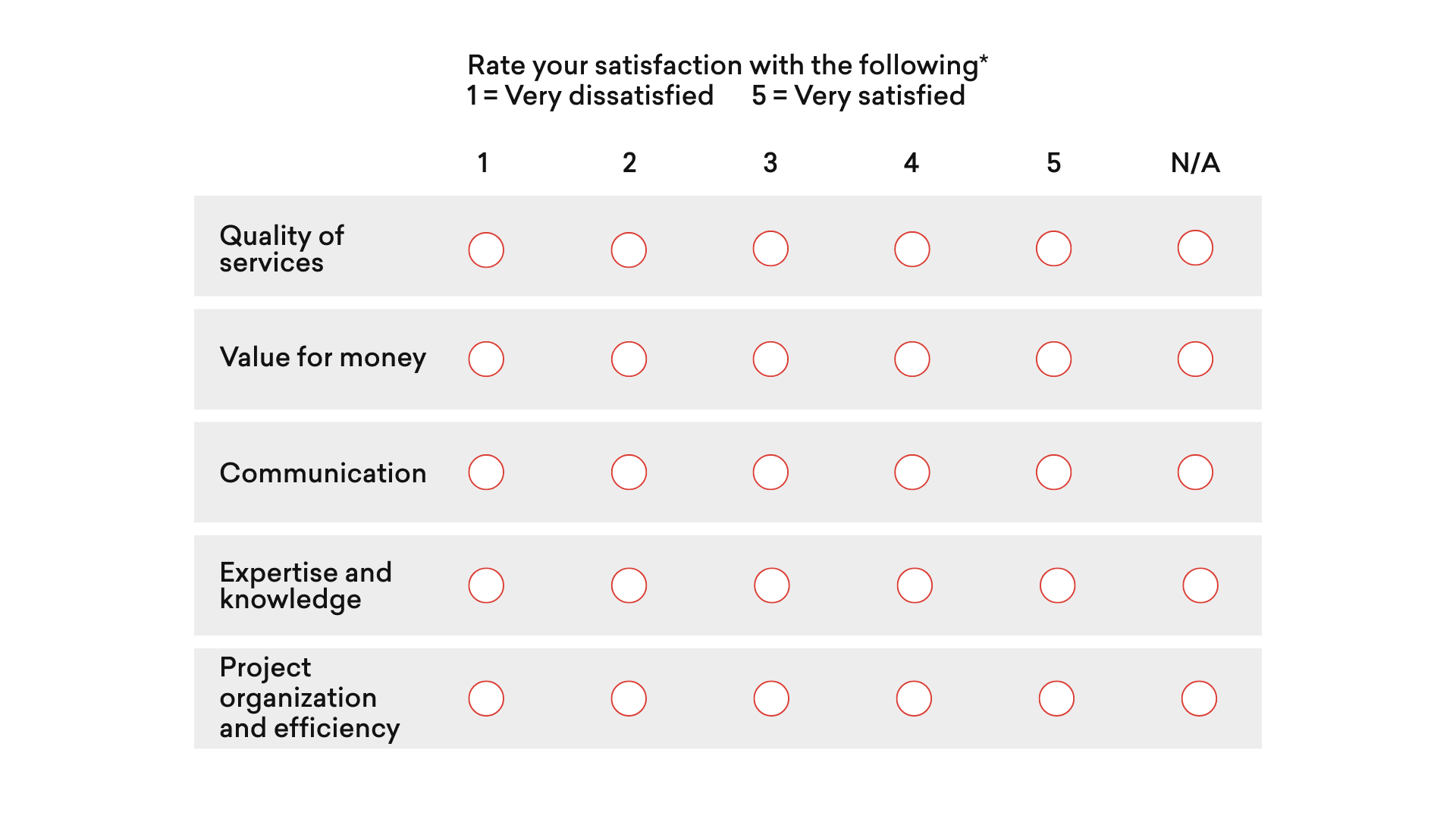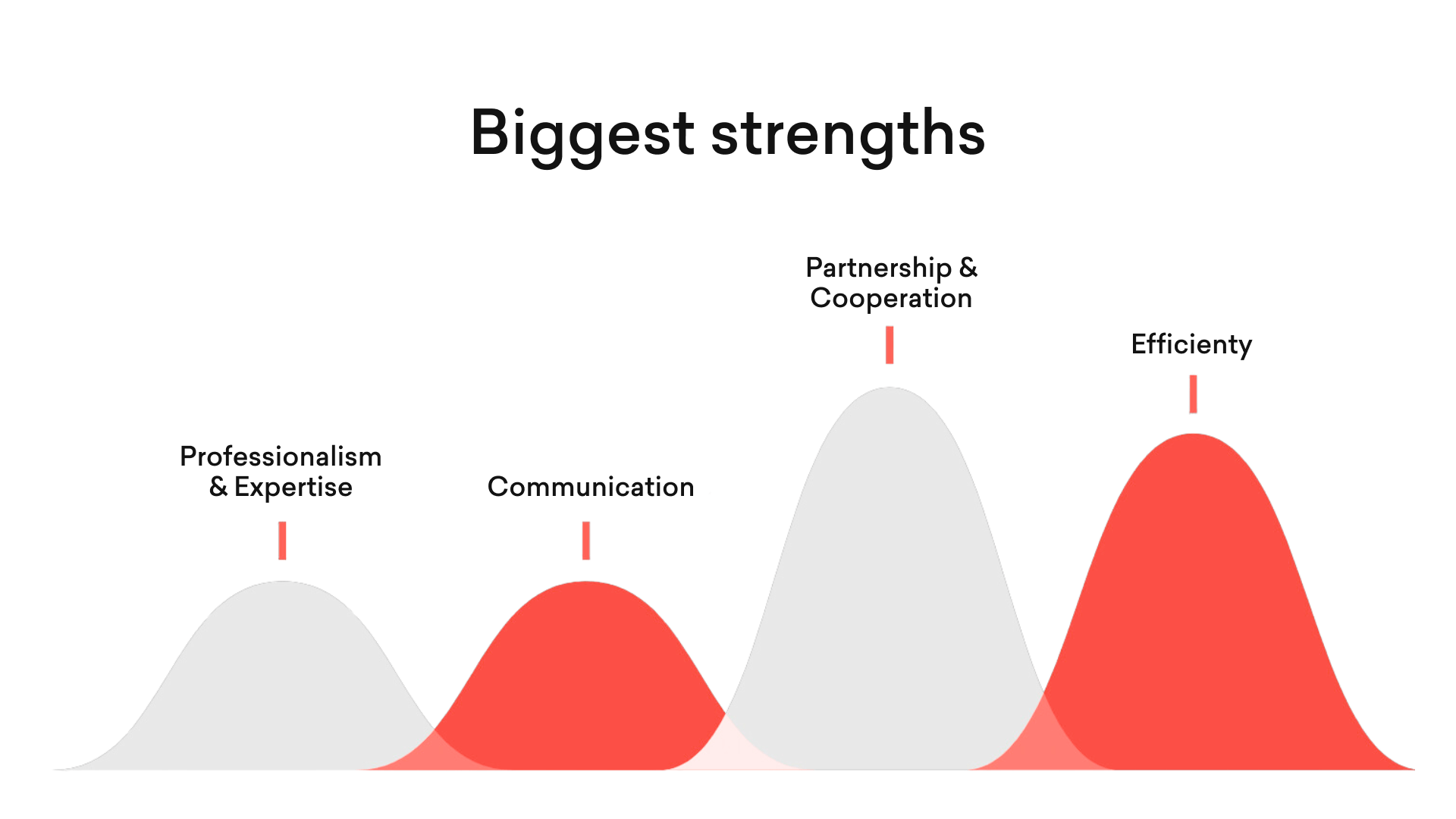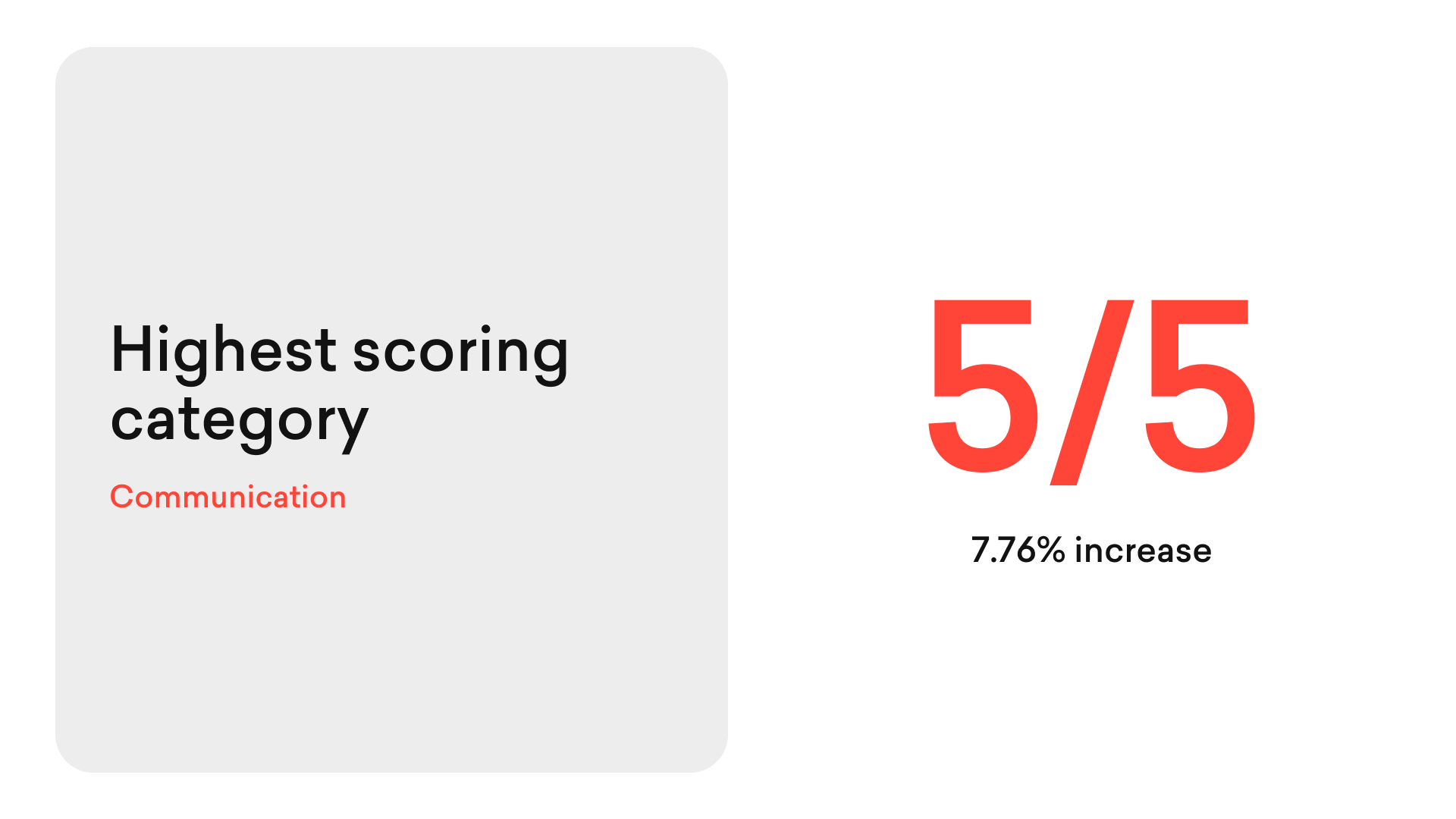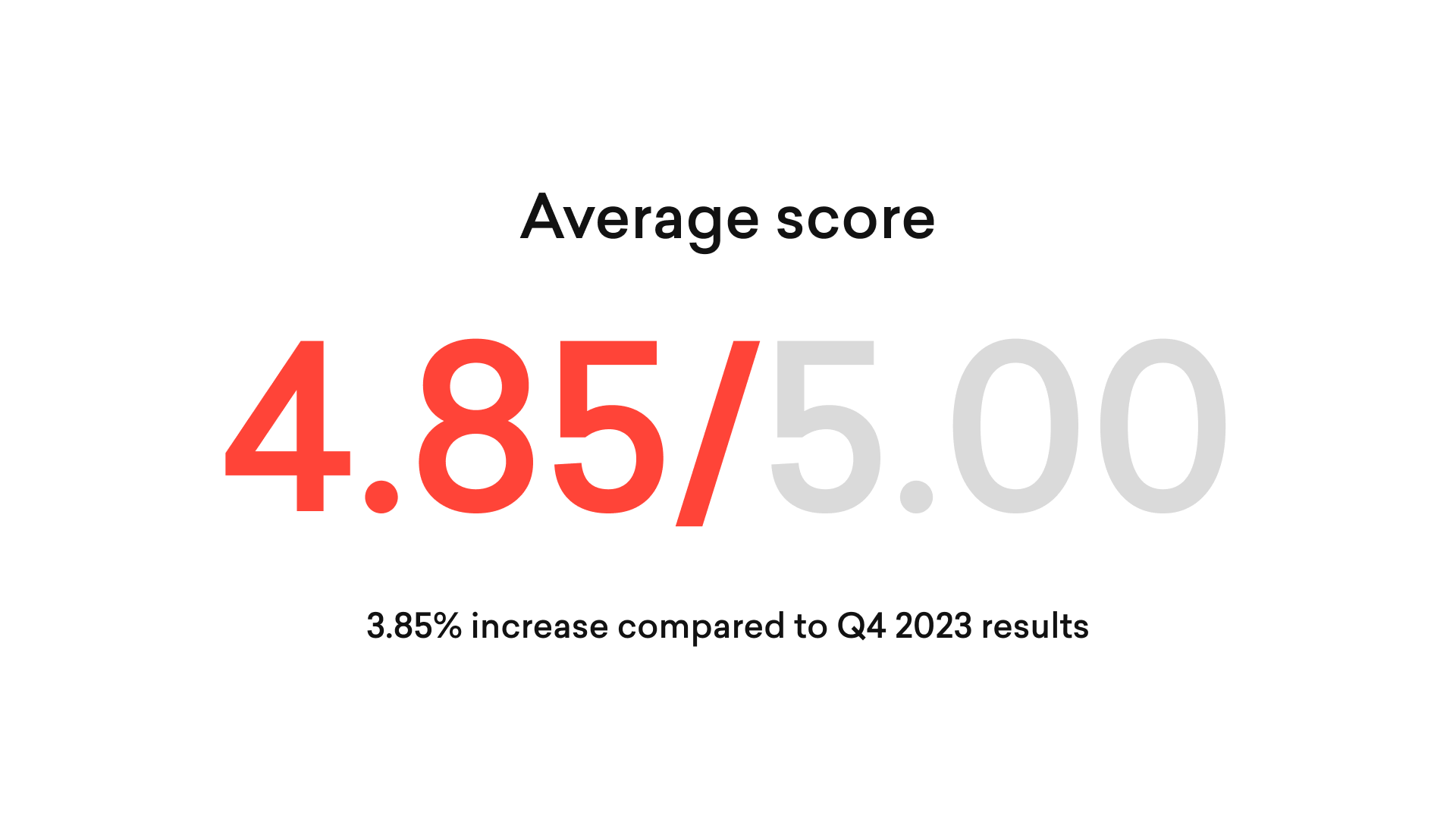Tracking client satisfaction: why & how
In today’s growingly competitive business landscape, ensuring client satisfaction is the key for the long-term success of any company. Collecting and analyzing client feedback is essential in understanding client needs, improving services, and strengthening relationships. Nothing new or revolutionary there. We have practiced sending feedback forms for years, but there were a couple of critical things that were missing:
- Consistency
- Constructive analysis
- Concise result interpretation
Those mentioned above became a growing issue as the company grew and started the segmentation process. We realized we needed a universal feedback process that would fulfill all our needs and ensure we have a consistent flow of feedback from our clients coming our way. This would enable us to plan necessary action steps when needed. After many conversations, research, and some content optimization, we succeeded in implementing a structured and efficient client feedback process, which involves multiple stakeholders and ensures that all feedback is gathered and, most importantly, well utilized.
The process
The first step was to appoint a project owner responsible for the whole process to be carried out from start to finish, across all our units. This gave us better control of the implementation and ensured that we gathered feedback from all sides simultaneously to get a better company-level overview of client satisfaction.
The feedback forms are now sent every six months, and the process begins with the project owner preparing all the necessary materials, which includes updating the feedback form, setting up the contact tracking sheet, and providing access to data for individual units. Once everything is ready, our Account Management team reaches out to their current clients, requesting them to fill out the feedback form to better understand their needs. If you’re looking for more tips on how to become a great account manager, here is the guide!
Now, I know what you’re thinking. Wouldn’t it be easier and faster to do it all automatically with the help of tools such as HubSpot? While we use HubSpot for various purposes, we tried that out as well, but we realized that receiving the questionnaire directly from the Account Manager raised the average percentage of filled-out forms from 30% to 55-65%. As well as many other things regarding client servicing, that personal touch in the feedback process makes all the difference, and clients sense that.
Once the forms are sent, we also send out two reminders, one the week after the initial email and the other a week later. This has proven to be the optimal number for receiving the most answers possible, but without being too pushy.
The feedback form
The feedback process often includes balancing a fine line between gathering relevant information that could help us draw useful conclusions for the client-agency relationship, and discouraging the client from filling out the form because of the overwhelming amount of questions. Because of that, the feedback form itself needs to be well thought out, asking just the right questions, and in the right format.
When creating our form, we defined the key segments we wanted our clients to evaluate, the main ones being the quality of services provided, value for money, communication, expertise and knowledge, and project organization. This enabled us to gain a more focused insight into our strengths and weaknesses and to see segments we need to work on with individual clients.
From there we allowed our clients to share the things they are most satisfied with, as well as areas for improvement, through a small number of open questions. This proved useful for us to see what the clients appreciate the most about our partnership, or to recognize any specific sensitive areas that need to be addressed.

The results
The last stage of the process was the crucial one: using all of the data collected to extract valuable information and gain better insight into our clients.
One of the challenges we had before was that we would try and gather the feedback, but then everything would somewhat come to a standstill. We didn’t have a clear vision of what we wanted to do with the information, or how to present it. This meant that, in the end, the data didn’t reach the right audience inside the company, and we couldn’t make the most of what we gathered.
The first and easiest step of the new process was to give all of our Account Managers direct access to client responses from the get-go and let them see how individual clients graded and commented on our work. This created a better sense of transparency and enabled the team to get a deeper understanding of their client’s wants and needs.
Although this took us in the right direction, we felt that leaving things at that wouldn’t get us the best results, as it can be quite hard to see the bigger picture just by looking at a bunch of numbers and comments. That’s why we also decided to implement feedback reports for every unit. The reports are structured in a way that gives our team a concise overall view of the results. For example, Account Managers can see the response rate for their unit, their average score across all categories, or their highest and lowest-scored category. We also track any changes in category ratings compared to the previous period to be able to detect any significant drops, as well as growth.
Last but not least, we comb through all the comments from the open questions and sort them into categories. This way, we can see which segments are most often mentioned by our clients and create a list of our strengths and areas for improvement.
Conclusion
Although all of us can agree that client feedback is of great importance for business growth and success, often the process of gathering it becomes more of a side task, something that gets lost in the daily turmoil. For this reason, it’s crucial to take a step back, think about the whole concept, what exactly we want to get from it, and find the best approach.
The main factors that helped us get more consistent with client feedback were appointing the project owner who carried the main responsibility of getting the job done, including all of the key people in the whole process, and setting up a concise way of presenting the results for those people to be able to draw some useful conclusions from them. A win-win situation for everyone!






